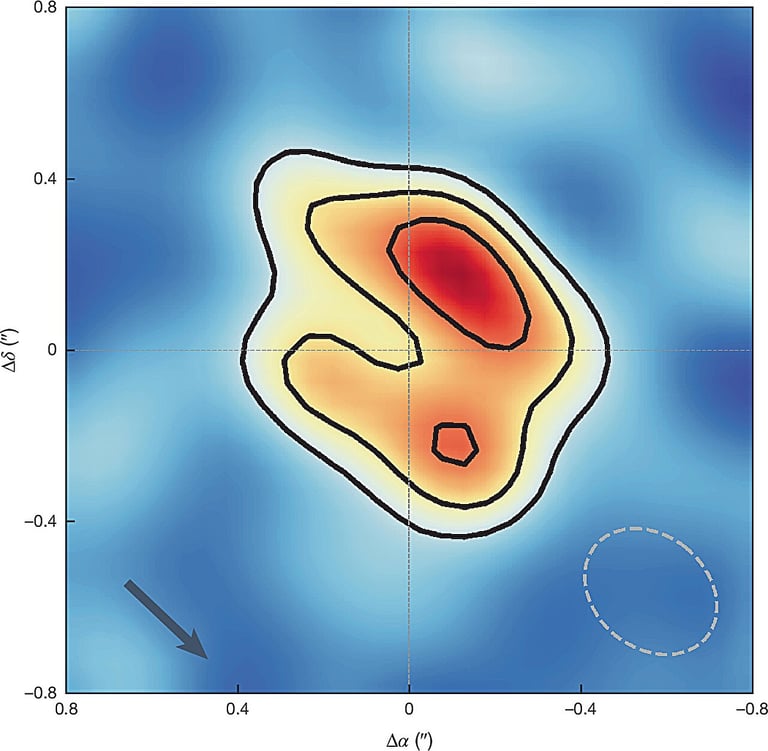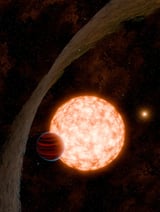Youngest Exoplanet Discovered: IRAS 04125+2902 b Reveals Secrets of Planet Formation
November 20, 2024
Astronomers have discovered a new exoplanet, IRAS 04125+2902 b, located approximately 520 light-years from Earth, which orbits a star that is only 3 million years old, making it the youngest transiting planet ever identified.
This remarkable finding was made possible by NASA's Transiting Exoplanet Survey Satellite (TESS), which detected the planet during a transit, a method that observes dips in starlight as planets pass in front of their stars.
IRAS 04125+2902 b has an orbital period of 8.83 days, a radius over 10 times that of Earth, and a mass about one-third that of Jupiter, suggesting it may evolve into a super-Earth or mini-Neptune.
The planet's protoplanetary disk is misaligned and appears face-on, which, combined with a depleted inner disk, allowed astronomers to observe the young planet despite the dense material that typically obscures such observations.
The warping of the debris disk around IRAS 04125+2902 b is a key factor in enabling these unprecedented observations, although the cause of this warping remains a mystery.
Potential explanations for the disk's warping include the planet's migration or gravitational influences from a distant stellar companion, though no such companion has been detected.
The findings regarding IRAS 04125+2902 b were published in the journal Nature, contributing to our understanding of early planet formation.
This discovery not only sheds light on the characteristics of young exoplanets but also enhances our understanding of cosmic origins and the processes involved in planet formation.
Researchers believe that further study of IRAS 04125+2902 b, possibly using the James Webb Space Telescope, could provide deeper insights into planetary formation and migration.
The discovery of IRAS 04125+2902 b suggests that the formation of planets may take longer than previously thought, or that protoplanetary disks could obscure younger planets from detection.
Overall, IRAS 04125+2902 b may represent a precursor to the super-Earth and sub-Neptune planets that are commonly found around main-sequence stars.
Summary based on 4 sources
Get a daily email with more Science stories
Sources

Phys.org • Nov 20, 2024
Young planet discovery could provide new insight into planet formation
Digital Trends • Nov 20, 2024
Scientists discover a baby exoplanet "just" 3 million years old | Digital Trends
Space • Nov 20, 2024
Scientists find extremely young exoplanet orbiting star with a wonky disk